.
We're definitely into the season now where food is a large part of the festive magic — so we just had to refeature Helen Lowe's Eat, Pray, Magic for our backlist post.
In it, Helen shares and celebrates the importance of food & foodie celebration to the genre. We think it's a humdinger, so read and enjoy!
Eat, Drink, Magic -- Fun With Food in Fantasy Fiction
by Helen Lowe
From Persephone's consumption the fatal pomegranate, which meant she had to spend six months of every year in the Underworld, to Snow White and the poisoned apple, or Hansel and Gretel and the Gingerbread House, food plays a vital part in myth, folklore, and fairytales – just as it does in real life.
 |
Unsurprisingly, therefore, food also has its part of play in the Fantasy
novel, covering the whole gamut from temptation, celebration, and
simple sustenance.
The White Witch tempts Edmund with Turkish Delight in The Lion, The Witch, and the Wardrobe. And the Elvish waybread (lembas) in The Lord of the Rings
is essential for sustenance on the great quest-journey to destroy the
ring. The return of students to Hogwarts in Harry Potter is always
marked by a feast, while the Honeydukes sweet shop in Hogsmeade is an
essential destination for the aspiring students of wizardry...
Food can also play an important part in Fantasy worldbuilding. For
example, the unwholesomeness of the Turkish Delight, which makes Edmund
feel sick even as he longs for more, is contrasted with the hearty fare
of the beavers' house – fresh-caught trout with potatoes and butter,
followed by a "great and gloriously sticky marmalade roll." Hungry yet?
In my own The Gathering of The Lost (The Wall of Night #2), seasonality is an important part of the worldbuilding and food one of the contributing elements, from the "spice bread and sweet pastries" made for Summer's Eve, through to the fresh cherries associated with the Midsummer Festival.
Food can ground the action, too, like the pie a ravenous character (Carick) eats after having been on the run for days on end:
"The pastry was stale, but he devoured it in ravenous mouthfuls and
wondered if he would ever again, in the life that had been returned to
him, eat anything that tasted even half as good."
Sometimes, though, food is not just a supporting element for worldbuilding or to ground the story: sometimes it takes center stage, as in Robin McKinley's Sunshine.
The main character, Rae (aka Sunshine), is a baker and her baker's routine, including the early hours, and the food she cooks are essential to the story. Muffins definitely star! Similarly, in Joanne Harris's magic-realism novel, Chocolat, the chocolate and its magic are the heart of the tale. |
And everyone who deals with the fairies and the fay knows one must not eat or drink anything offered in a fairy hill, lest one suffers the fate of Persephone or Tam Lin.
his prohibition comes up in Patricia Briggs' Mercy Thompson novels when Mercy is required to enter Fairyland; similarly in Gillian Bradshaw's Hawk of May when Gwalchmai (Gawain) enters the realm of the Fey. And it's definitely a theme of Raymond E Feist's classic Faerie Tale.
These are just a few examples that spring to my mind – but how about you? Got any favorite foodie reads in your Fantasy lineup?
If you do have a favorite, let us know in the comments!
To check in on Helen and more on what she's up to, outside of her regular monthly post here, visit her ...on Anything, Really. J





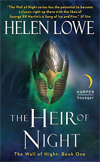

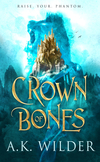
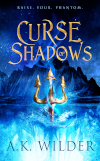
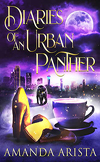
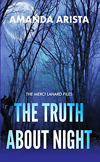
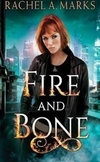
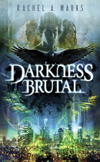
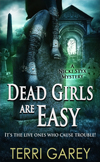

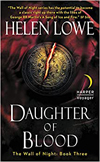
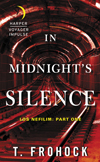
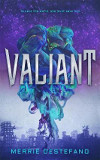
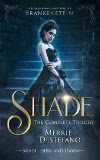

No comments:
Post a Comment